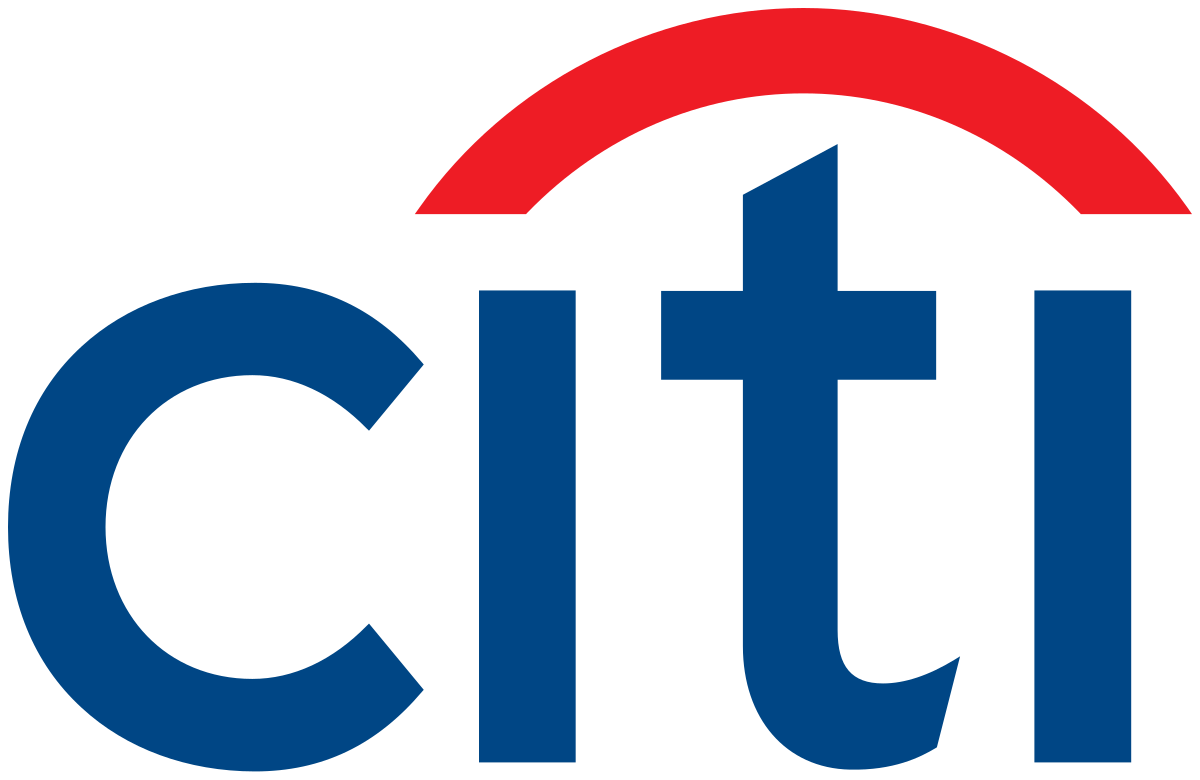Crowding in defensive minimum or low volatility ETFs on the back of the current long list of macro uncertainties, from trade wars and yield curve inversions through to recessionary talk on both side of the Atlantic should not deter investors from those smart beta products, suggest analysts at Citi.
The extent of the flows into min/low vol funds is “striking”, according to Citi equities analyst Scott Chronert and his team, suggesting they have outpaced the last time they peaked in late 2015 and early 2016.
“Rolling six-month flows surpassed their late 2015/early 2016 peak in March and have remained elevated circa $10bn ever since,” the team wrote.
Moreover, these flows have taken place even as, unlike in 2015/16, the macro indicators are yet to turn negative. “Macro deterioration has been less pronounced this time around as, for example, industrial production growth has not dipped into negative territory.”
Factor performance
Looking at US smart beta performance, Chronert and his team suggest min/low vol has been one of the best performing strategies this year as well as the “most popular” with defensive portfolio construction becoming more popular among the “myriad of risk off macro moves”.
Indeed, in the year-to-date the team suggest absolute returns on the min/low vol factor within both the MSCI and S&P long-only factor index suites has achieved returns in excess of 20%.
“From a macro perspective, strong relative returns have been supported by risk off trends year-to-date,” they write. “Virtually any major macro – think rates, dollar, oil, curve slope, volatility etc. – would highlight a more worrying economic backdrop, which correlates well to min/low vol relative performance.”
Calculating the “substantial flow inflection” into min/low vol since the fourth quarter 2018 these factor products have attracted $18.6bn in new net assets, lagging only slightly behind dividend factor funds which drew is $22.7bn over the same period. In the year-to-date, meanwhile, min/low vol leads the way.
Chronert and his team point out that from a product and AUM standpoint in the US, there are now 30 domestic min/low vol smart beta ETFs available with aggregate AUM of $55.6bn.
The analysis added that from their perspective, the market is offering investors a clear choice when it comes to factor exposures. If seeking growth, investors should look to momentum but the “price of entry”, as they put it, is paying premium valuations for market-leading stocks.
If more attractively priced stocks seem more appealing, then the option is there for value. “But economic sensitivity means facing an uneasy macro environment,” they added.
“Min/low vol gives the most defensive profile, but that too comes at a cost,” they suggested. “Rate sensitivity also comes into question as we consider a 10-year yield near cycle lows once again.”
ETF providers in smart beta catch 22
Heading into the third quarter, though, and Chronert and his team suggest they have drawn a line in the sand.
"Clearly our preference was for growth – via a momentum (40%) overweight – over economic sensitivity – via a value (10%) underweight.
“We saw the need for defensives as both quality and min/low vol were given market weight (25%) allocations. Recall, min/low vol was raised from an underweight (10%) in the prior quarter.”



